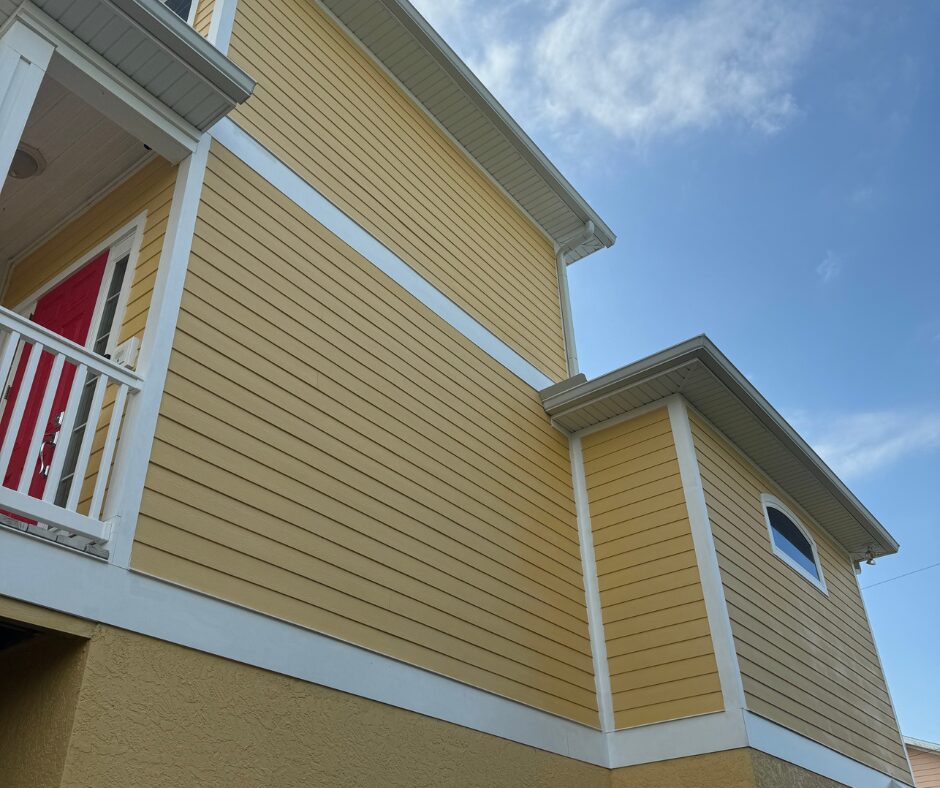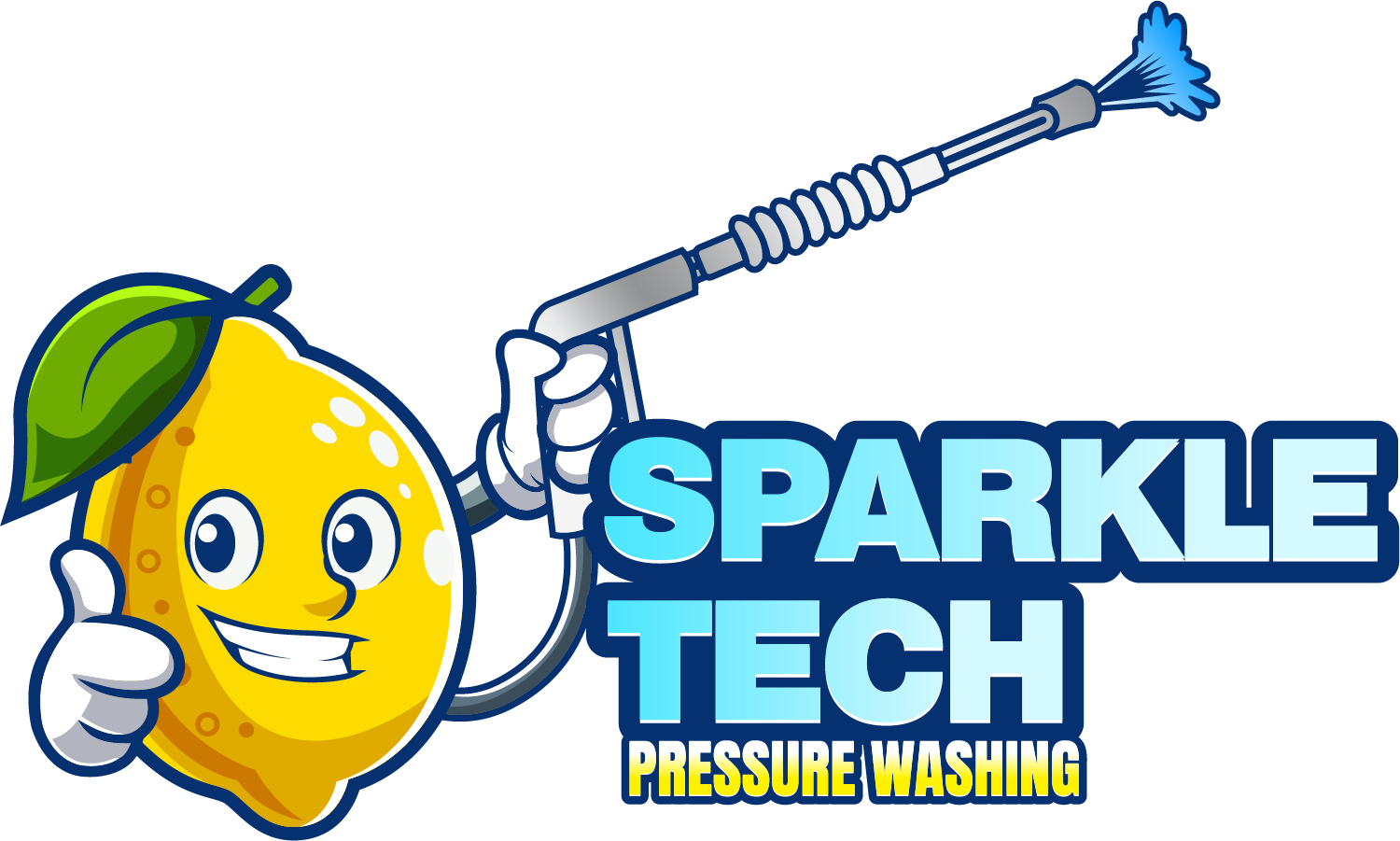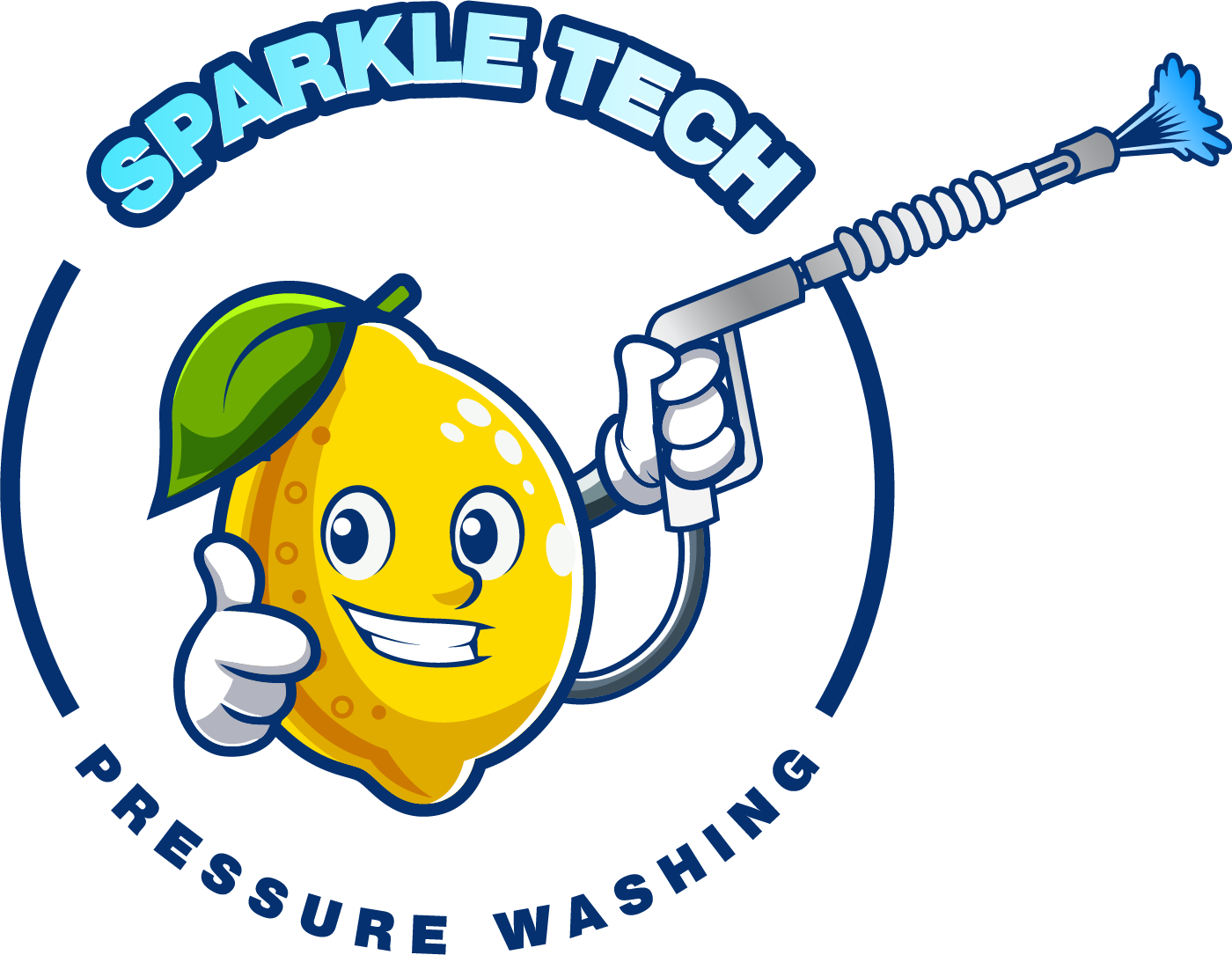The Comprehensive Guide to Washing Your Roof: Everything You Need to Know

The Comprehensive Guide to Washing Your Roof: Everything You Need to Know Maintaining a clean roof is an essential aspect of home upkeep, yet it’s a task that many homeowners overlook. Over time, roofs accumulate dirt, moss, algae, lichen, and other debris that not only affect your home’s curb appeal but can also cause serious damage if left untreated. A clean roof improves the overall aesthetic of your home and contributes to the longevity of your roofing materials, preventing potential issues like leaks, wood rot, and mold growth. However, while washing your roof may seem like a straightforward task, it’s crucial to understand that the method you use to clean it can make all the difference. One common method that many people consider for roof cleaning is pressure washing. However, this method comes with serious risks, as it can cause significant damage to your roof, which could end up costing you more in repairs than if you had chosen a safer, gentler cleaning technique. In this blog, we’ll walk you through the steps of washing a roof, why pressure washing is often not the best option, and which cleaning methods are safer and more effective in the long run. Why Washing Your Roof Is Important Before we dive into the process of roof washing, let’s first understand why it’s necessary to keep your roof clean: Prevents Growth of Algae, Moss, and Lichen: Over time, organic materials like moss, algae, and lichen can begin to grow on your roof, especially in areas with lots of shade and moisture. These organisms can trap moisture against the roofing material, which accelerates deterioration, leading to premature roof aging, leaks, and even structural damage. Preserves Roof Materials: Many roofing materials, such as asphalt shingles, can become degraded if left covered with dirt, leaves, or other debris. Cleaning your roof helps protect these materials from the elements and prevents premature wear and tear. Enhances Curb Appeal: A clean roof adds to the overall aesthetic of your home. Dirt, algae, and moss can make even a relatively new roof look aged and neglected. A well-maintained roof can improve your home’s value and make it more appealing to potential buyers. Prevents Water Damage: Accumulated debris on the roof or in gutters can cause water to pool, leading to leaks, mold, and water damage inside your home. A clean roof ensures that rainwater flows off the surface properly, preventing water buildup and its associated problems. The Pressure Washing Problem Many homeowners assume that pressure washing is the most effective way to clean their roof. After all, pressure washers are powerful tools that can blast away dirt and debris with high-pressure water, making the cleaning process seem fast and efficient. However, this method can do more harm than good. The Risks of Pressure Washing Pressure washing works by spraying water at high pressure, often upwards of 2,000 PSI (pounds per square inch). While this high pressure can be effective at removing dirt and debris, it’s also extremely risky, particularly for roofing materials like asphalt shingles. Here’s why: Damage to Roofing Materials: Asphalt shingles, the most common roofing material in residential homes, are designed to be durable, but they are also relatively fragile when subjected to high-pressure water. Pressure washing can strip away the granules on asphalt shingles, which are essential for protecting the roof from UV rays and weather damage. Once these granules are stripped, the shingles become more susceptible to cracking, warping, and premature deterioration. Water Getting Under Shingles: One of the biggest dangers of pressure washing a roof is the potential for water to be forced underneath the shingles. This can lead to leaks, mold growth, and water damage within the roof’s structure. When water is forced under shingles, it can become trapped, creating the perfect environment for rot and mildew to develop. Over time, this can significantly reduce the lifespan of your roof. Loss of Shingle Adhesion: The force of high-pressure water can also cause shingles to become loose or even detached from the roof entirely. Once shingles are loosened, they are no longer able to properly protect your roof, leading to leaks, drafts, and potentially costly repairs. Damaging Flashing and Seals: Pressure washing can also damage other parts of the roof, such as flashing and seals around chimneys, vents, and skylights. These areas are already vulnerable to water infiltration, and high-pressure water can compromise the integrity of the seals, allowing water to enter the home. Safety Hazards: Pressure washing a roof is inherently dangerous. The force of the water, combined with the height of the roof, creates a significant risk of falls and injuries. Even experienced professionals use safety equipment such as harnesses and ropes to protect themselves while pressure washing roofs. Attempting this task without proper training or safety precautions can lead to accidents. So, Is Pressure Washing Ever a Good Idea? In some cases, pressure washing may be appropriate for hard, non-porous surfaces, such as concrete or metal. However, even on these materials, it’s crucial to use the right pressure settings and avoid directing the stream of water at any vulnerable areas, like flashing or shingles. For asphalt or wood shingles, soft washing is a much safer and more effective alternative. The Safe and Effective Alternative: Soft Washing Instead of pressure washing, soft washing is the safer, more effective method for roof cleaning. Soft washing uses low-pressure water combined with specialized cleaning solutions to gently remove dirt, moss, algae, and lichen from the roof without causing damage to the materials. Here’s how the process works: Soft Washing Process Roof Inspection: Before starting, it’s essential to inspect the roof for any signs of damage, such as cracked or loose shingles. Soft washing is a gentler method, but if your roof already has significant damage, any cleaning method could worsen the problem. Preparation: Protect surrounding areas, such as plants, windows, and gutters, by covering them with tarps or plastic sheeting. This prevents any cleaning solution from coming into contact with sensitive areas, which could cause
How Often Should you Wash Your Home in Palm Coast?

How Often Should you Wash Your Home in Palm Coast? Keeping your Palm Coast home clean and well-maintained is essential for preserving its beauty and structural integrity. One key aspect of home maintenance is regular exterior washing. But how often should you wash your home? The answer depends on various factors, including weather, environment, and the materials used in your home’s construction. Let’s explore what you need to know to determine the ideal washing schedule for your property. Why Regular House Washing is Important Palm Coast’s climate, with its humidity and proximity to the ocean, creates the perfect environment for mold, mildew, algae, and salt buildup. These elements can damage your home’s exterior surfaces if not addressed. Regular washing helps: Prevent staining and discoloration. Prolong the life of your siding, roof, and other surfaces. Maintain curb appeal. Protect against potential structural damage. General Guidelines for Home Washing Frequency While every home is unique, the following guidelines can help you decide how often to wash your home: 1. Siding and Walls Most homes benefit from a thorough washing once a year. Vinyl, stucco, and painted surfaces can collect dirt and grime over time, especially in Florida’s humid environment. Annual washing ensures your siding stays clean and free of algae or mold growth. 2. Roof Cleaning Roofs in Palm Coast often require cleaning every 1 to 3 years, depending on the type of roofing material. Soft washing is recommended for removing algae, moss, and debris without damaging shingles or tiles. If your roof is shaded or prone to heavy debris, you might need more frequent cleanings. 3. Driveways and Walkways Concrete, pavers, and other hardscapes can collect dirt, oil stains, and algae. Pressure washing these surfaces every 6 to 12 months keeps them safe and looking great. 4. Pool Enclosures and Lanais Screened pool enclosures and lanais should be cleaned every 6 months to a year. Mold and mildew can quickly grow in these areas due to high humidity and frequent water exposure. Benefits of Professional Washing Services While DIY cleaning might seem cost-effective, professional soft washing and pressure washing services ensure your home gets a deep, safe clean without the risk of damage. Experts use specialized equipment and eco-friendly cleaning solutions to target stubborn stains, mold, and algae effectively. Professional house washing also saves you time and effort while delivering longer-lasting results. Additionally, reputable companies in Palm Coast, like ours, are familiar with the unique challenges of the local environment and can recommend a maintenance schedule tailored to your home’s needs. Signs It’s Time to Wash Your Home Even if you follow a regular cleaning schedule, it’s important to watch for signs that your home might need washing sooner: Visible mold, mildew, or algae growth. Discoloration or streaks on siding and roofs. Slippery walkways or driveways due to algae buildup. Accumulation of dirt, dust, or cobwebs. Conclusion For homeowners in Palm Coast, maintaining a clean home is not just about aesthetics; it’s about protecting your investment. Washing your home’s exterior on a regular schedule—typically once a year for most surfaces—keeps it looking great and prevents long-term damage. If you’re unsure about the best schedule for your home or want professional results, consider reaching out to a local soft washing and pressure washing service. With the right care, your Palm Coast home will remain a source of pride for years to come.

